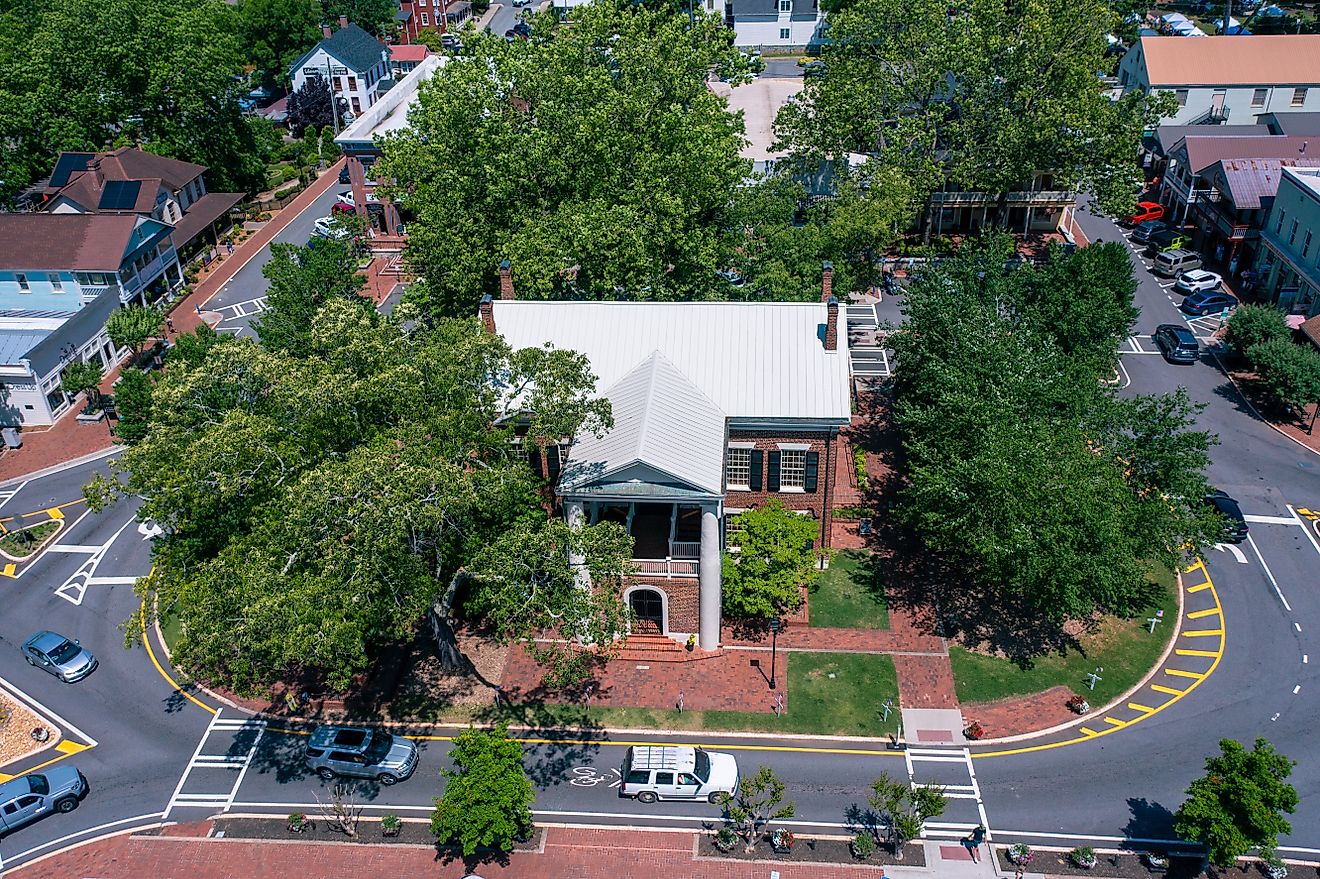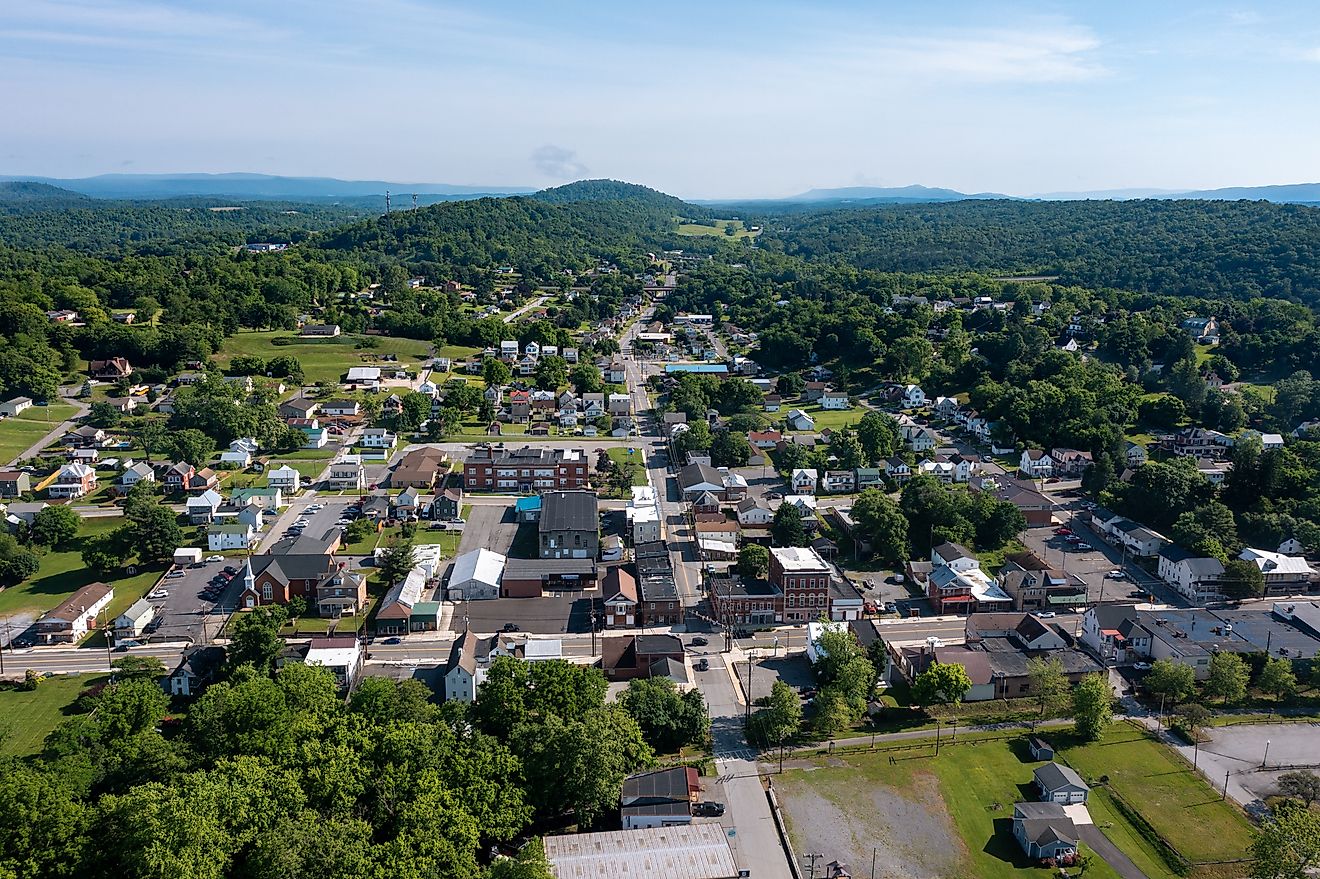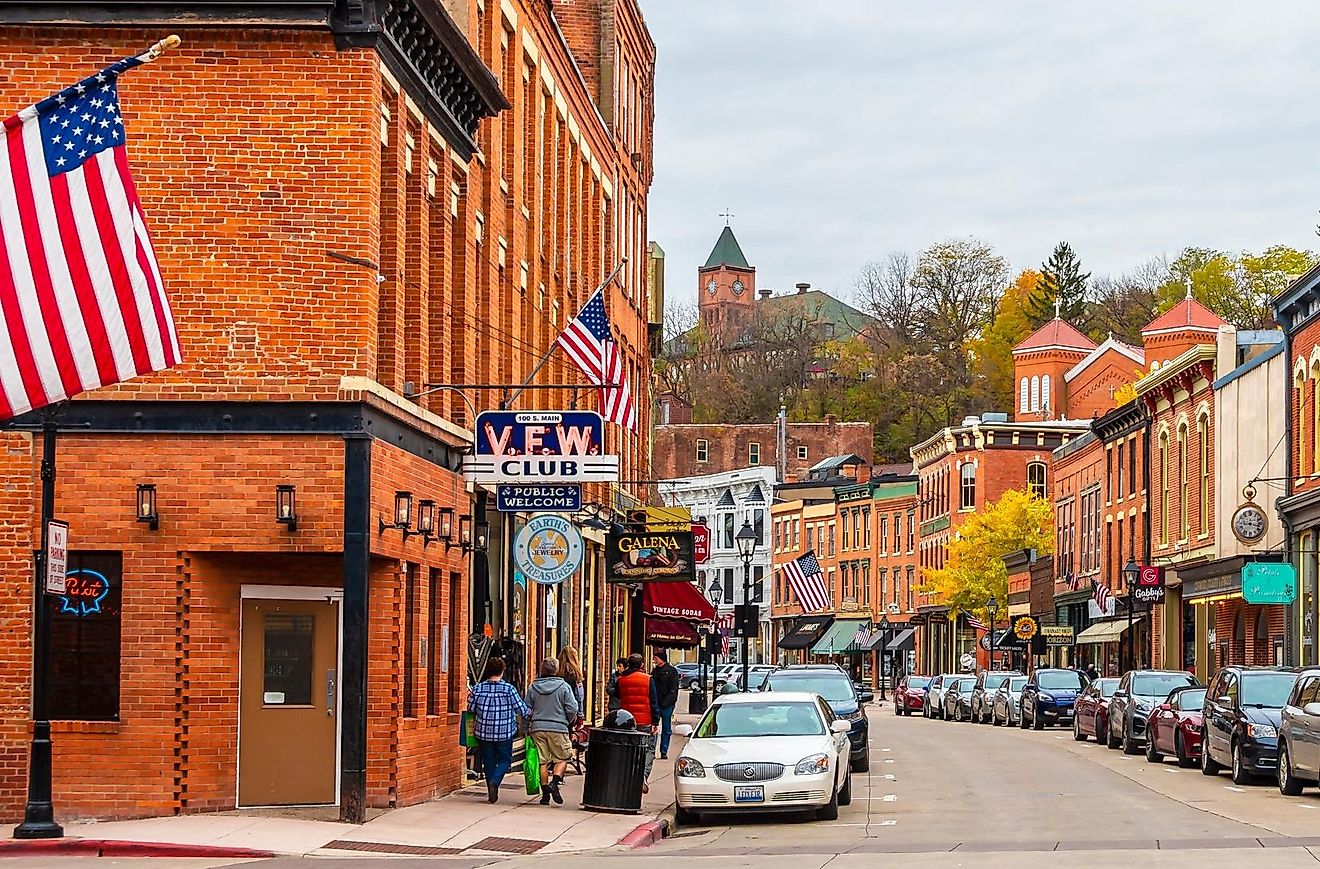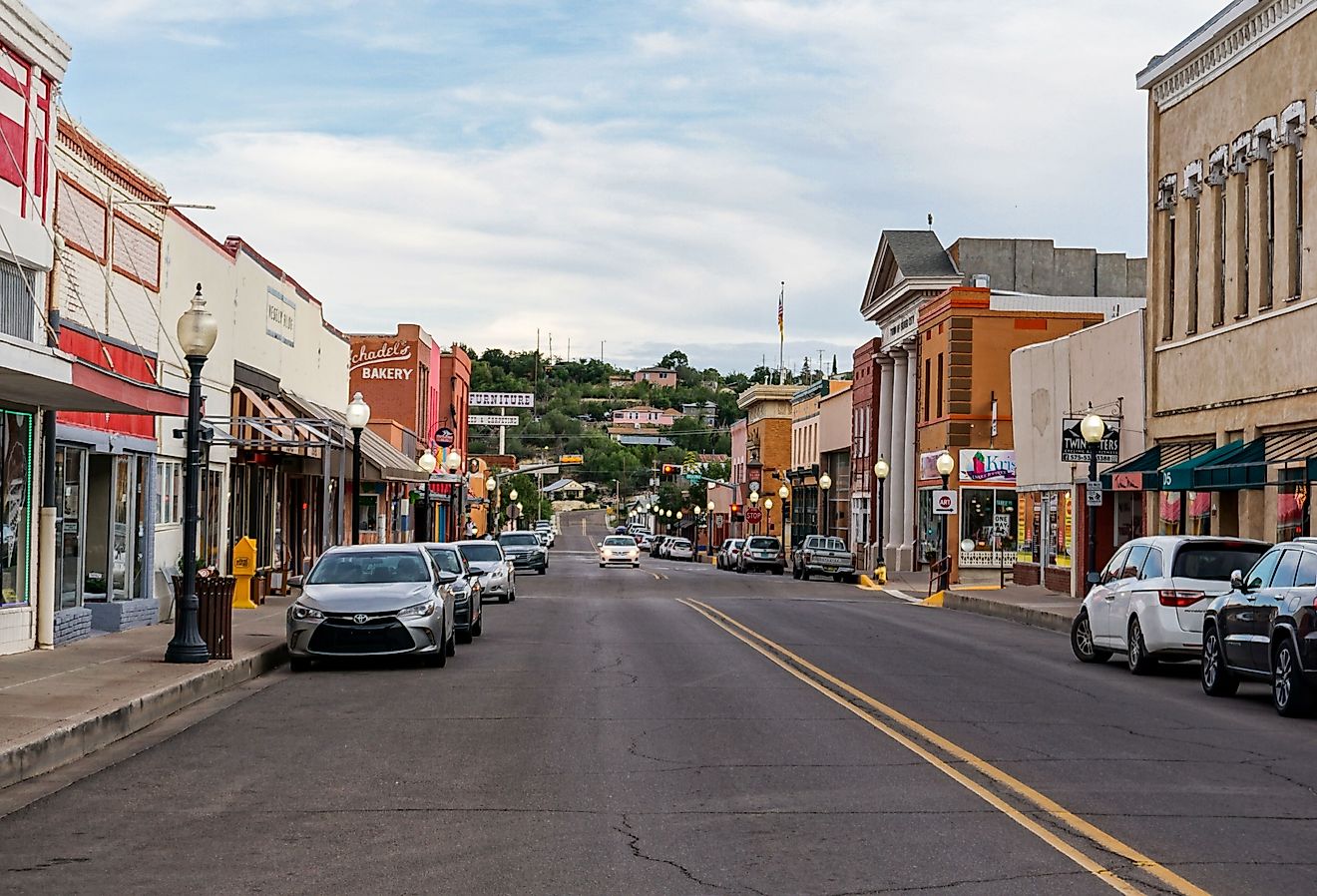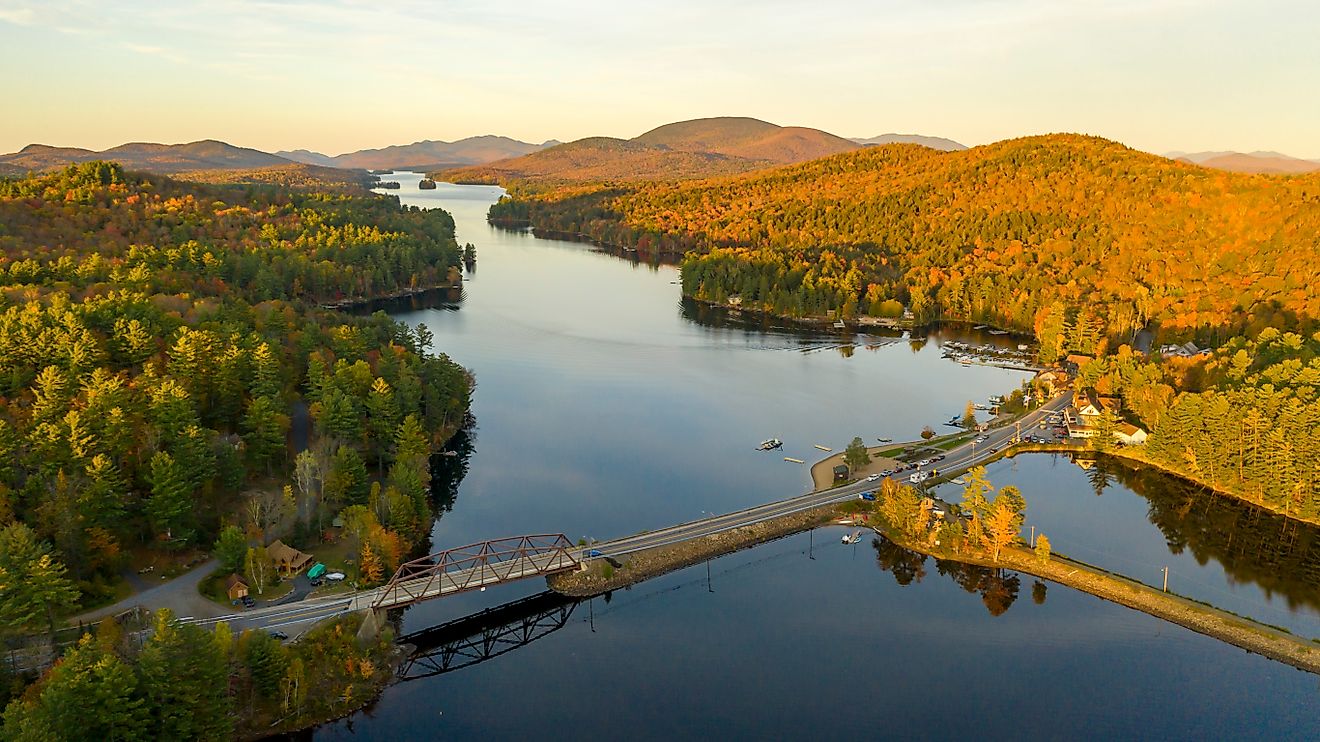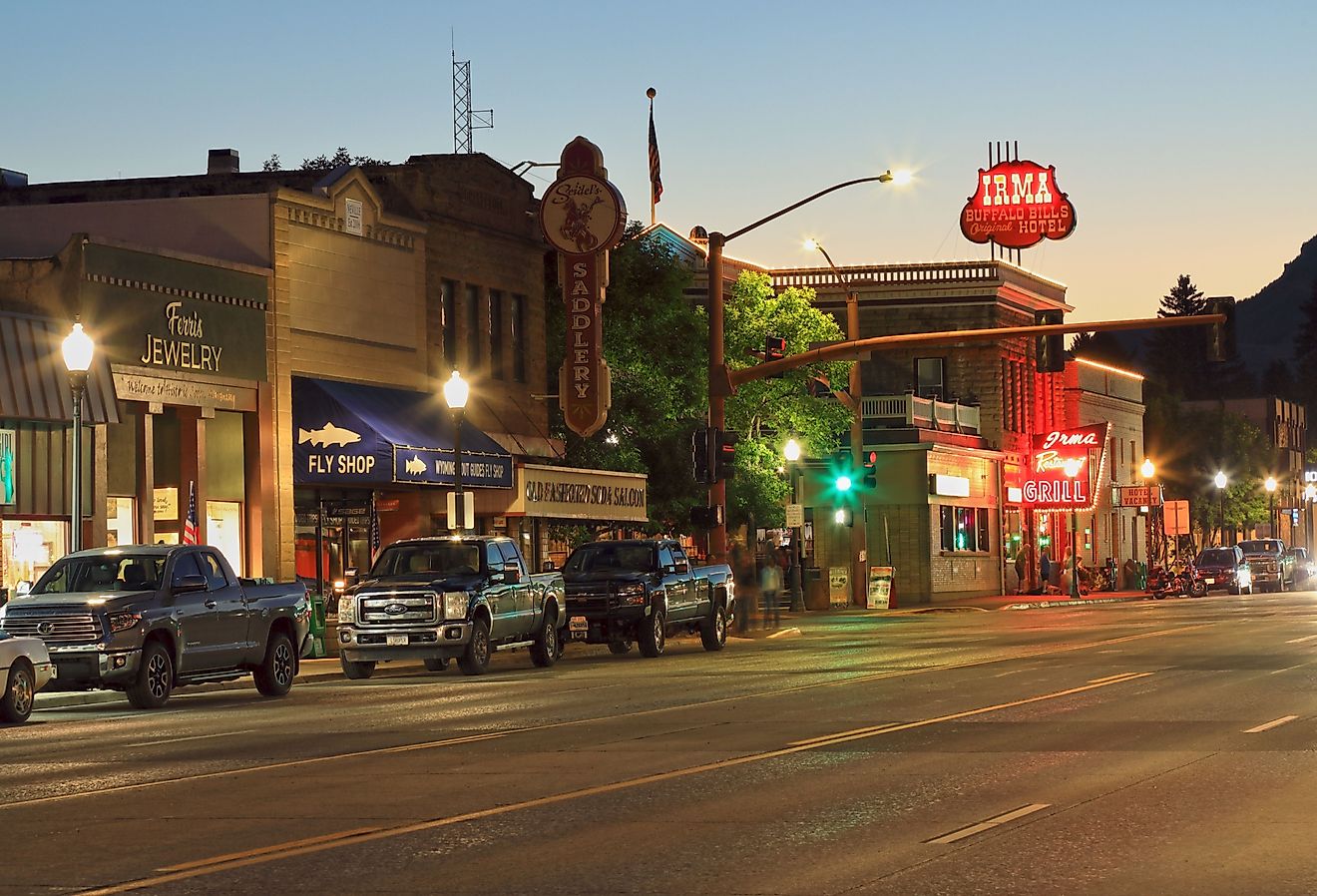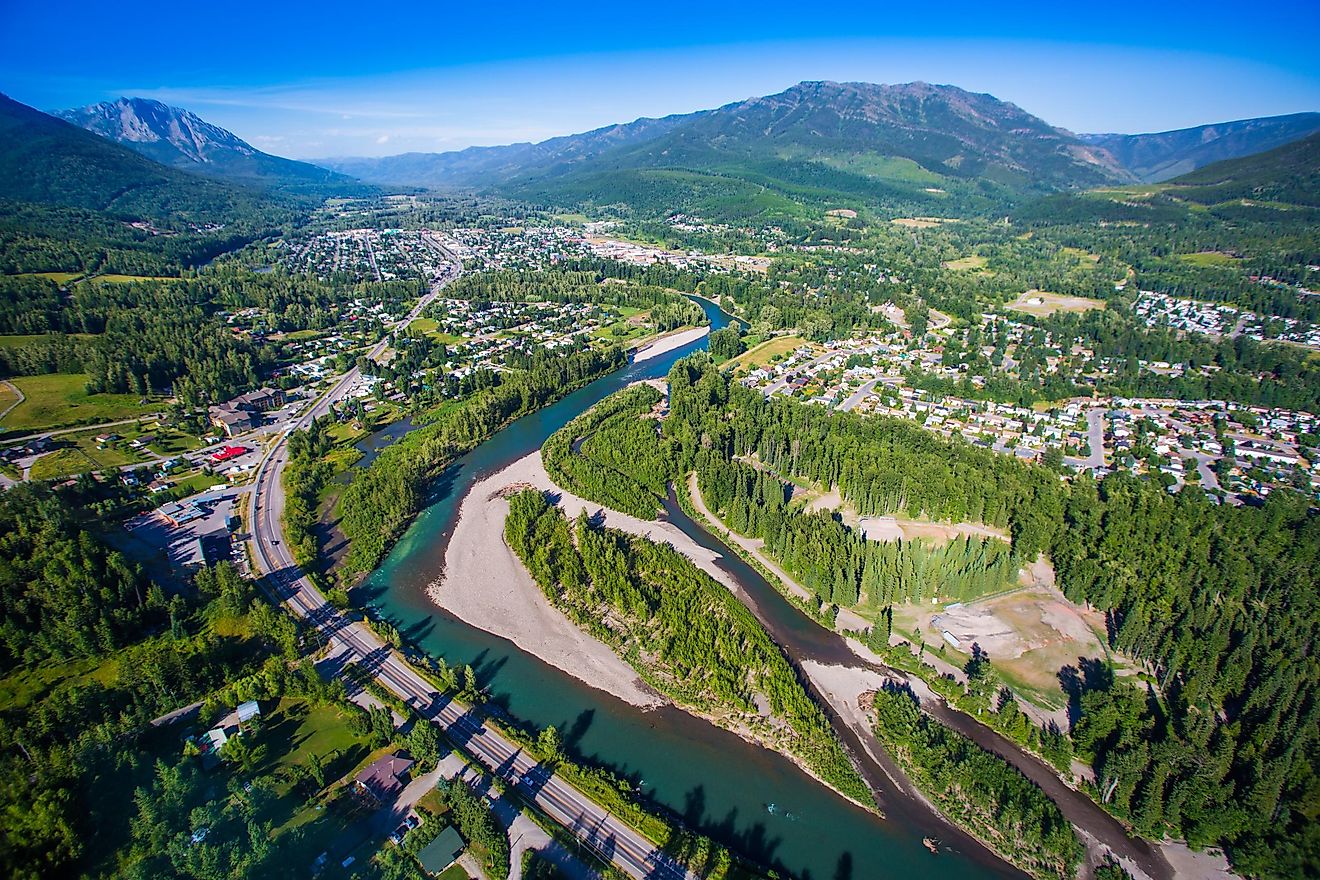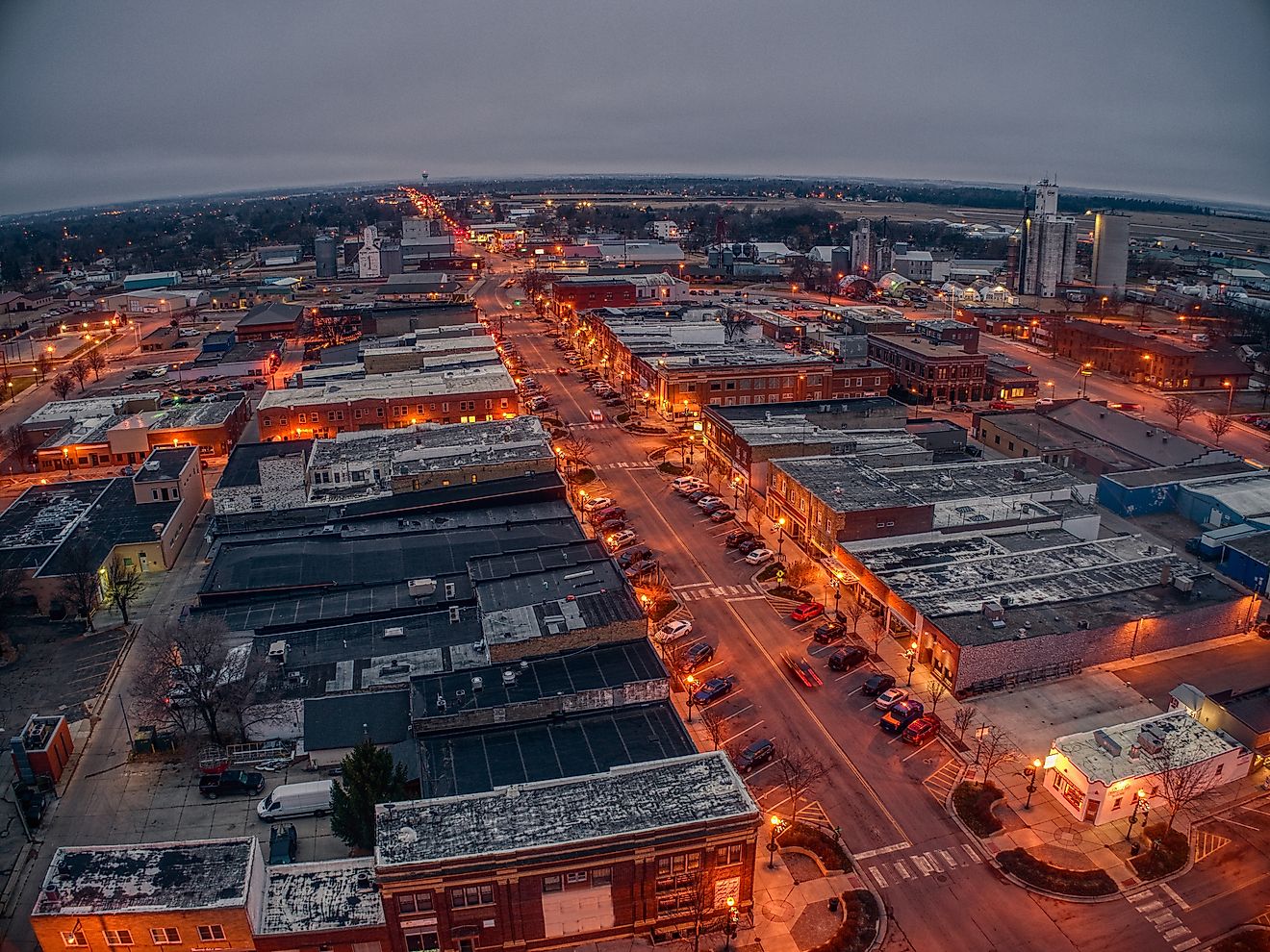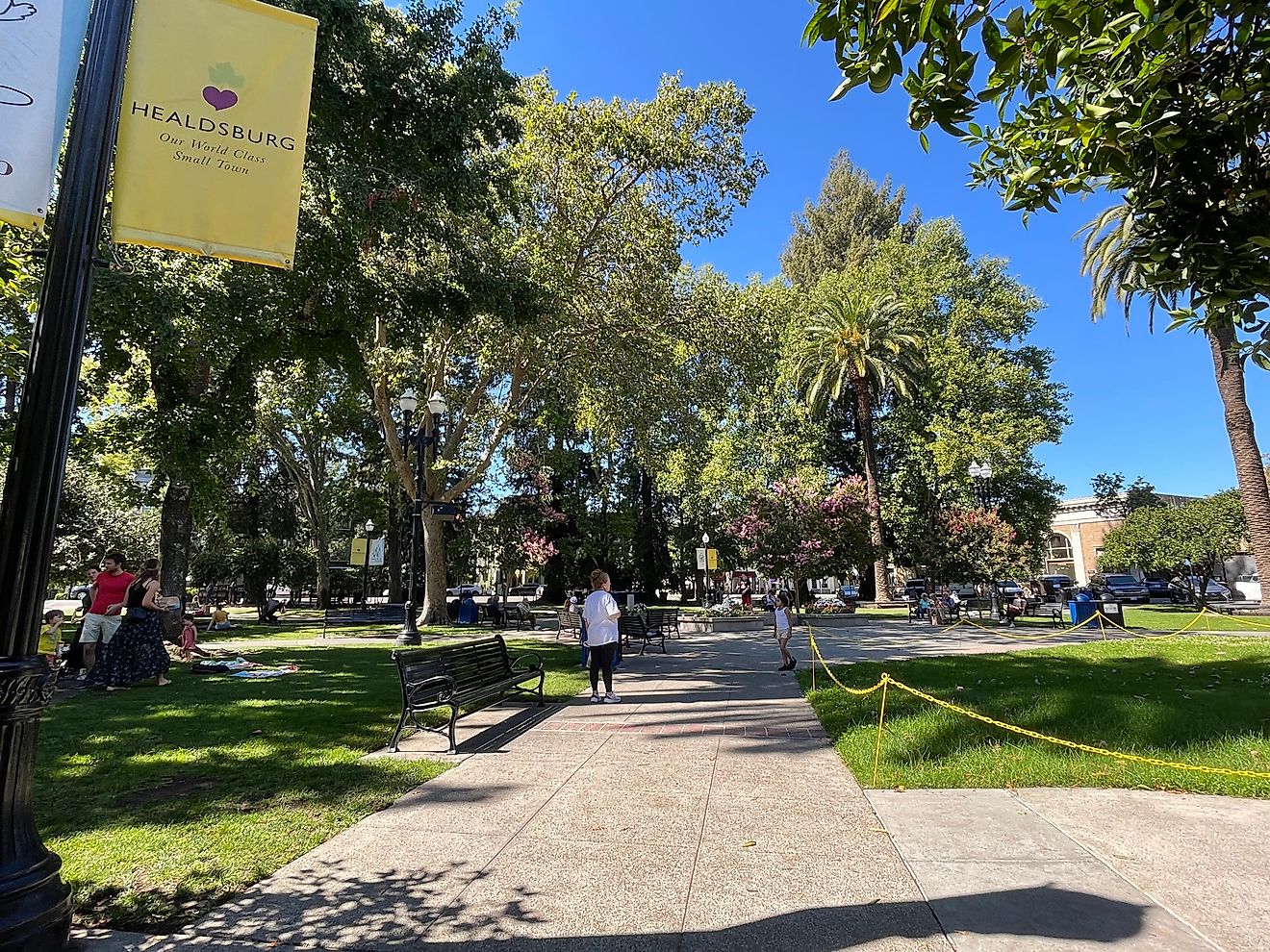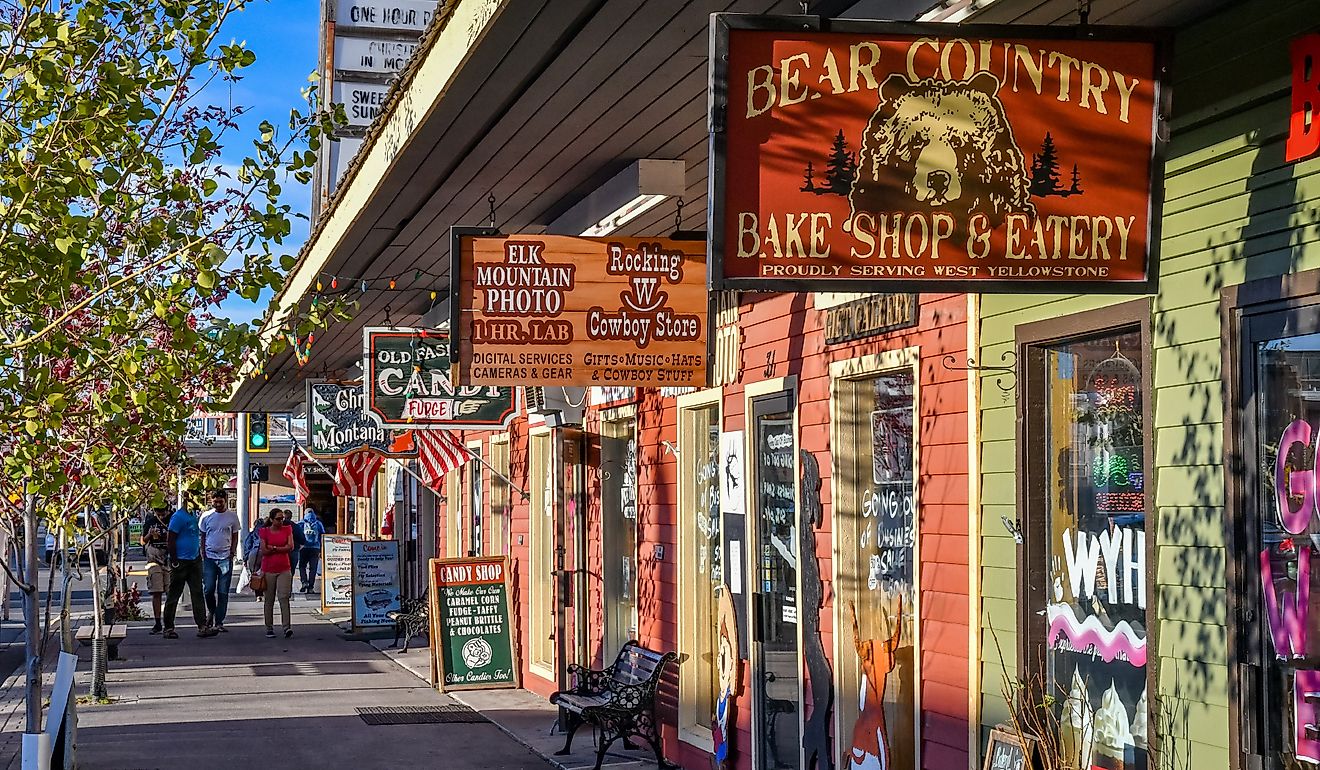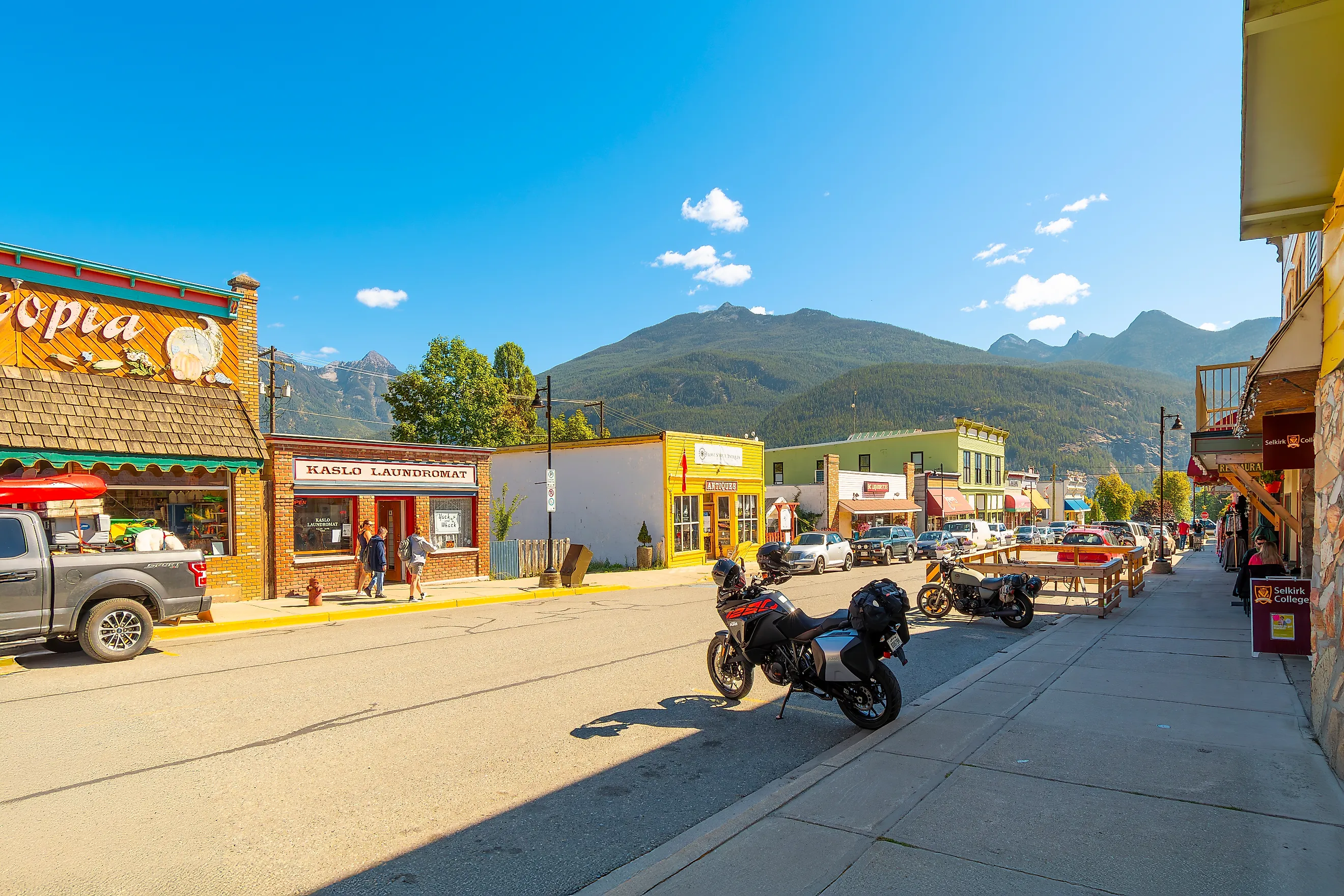
7 Quirkiest British Columbia Towns You Didn't Know Existed
British Columbia’s most unique destinations may not be the ones you’ve heard most about. Along the shores of Kootenay Lake, on Vancouver Island, and in the Cariboo Mountains, they sprang from gold rush camps, steamship terminals, canning stations, and alpine trails. There’s a goat on the roof in one of them, and a music festival floats on the lake in another. Some still bear the dust and theatrics of their mining history, and some quietly shifted from those humble beginnings to become artist colonies. You won’t find big resort towns or crowds here, but you will find personality and stories. So if you’re on the lookout for a different kind of vacation this year, start with these seven towns.
Sandon
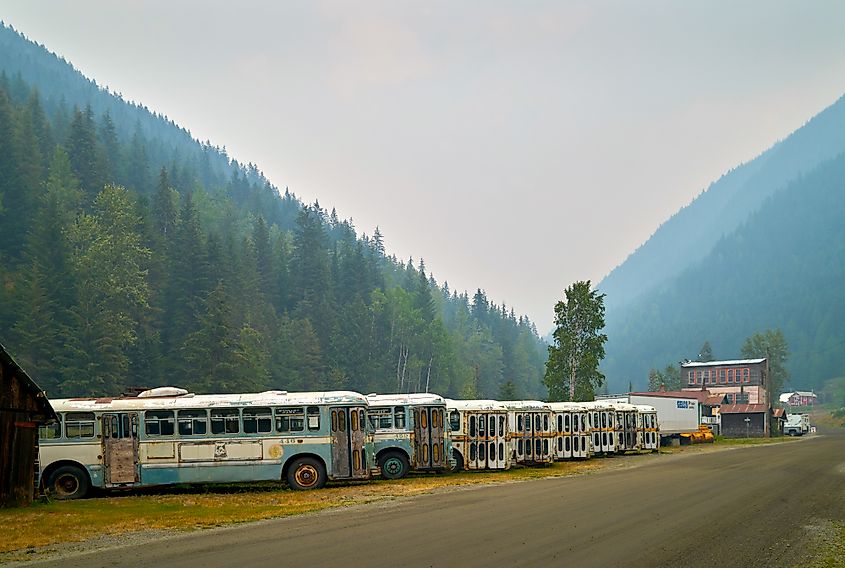
Sandon is a ghost town, but not an empty one. What’s left is well cared for and very much alive. The Sandon Museum is where mining memorabilia, photographs, and silver boom stories are housed in a restored mercantile building. Outdoors, a row of trolleybuses from Vancouver stands like a static transit line. Just around the corner is the Silversmith Powerhouse, which has been in operation since 1897 and was added to the World Hydro Hall of Fame in 2021.
For a wider view, head up Idaho Peak, where a ridge trail leads to a fire lookout surrounded by wildflower-lined paths. Stop by the Prospector’s Pick, a gift shop in the old city hall. You’ve only got from May 17 to October 13, 2025, to catch it before the snow and silence return.
Yahk
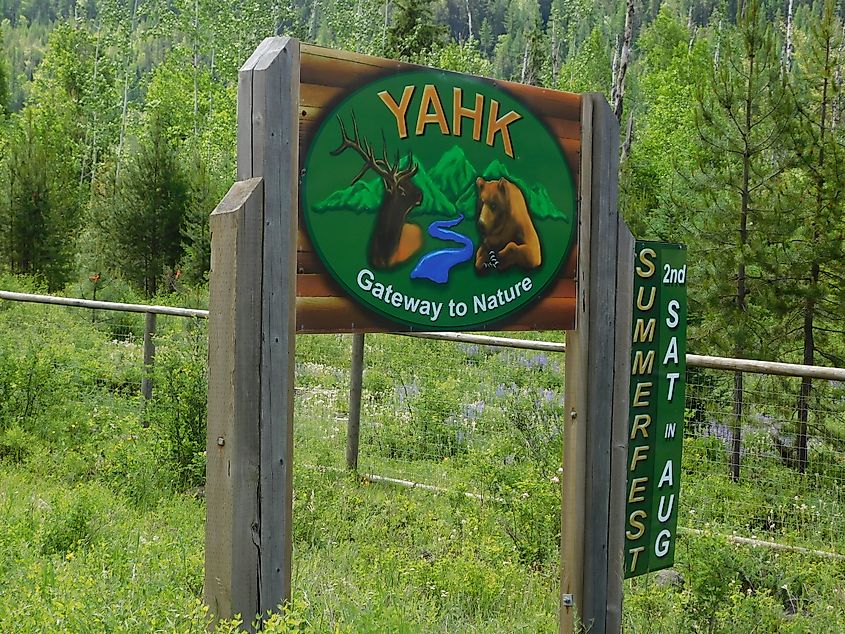
Once a gathering place for the Ktunaxa First Nation, Yahk sits beside the Moyie River, mixing odd roadside charm with quiet forest trails. From the Yahk Soap & Candle Co., where goats wander across the shearling roof above handmade soaps and local oddities, it’s just a few steps to the weathered Yahk Hotel—the only surviving CPR-era building still standing.
Cool off at Yahk Provincial Park, a riverside campground welcoming travelers since 1956. Southeast of town, Canuck, Hart, and America Creek sites draw fishers and off-road motorcyclists to the logging roads. Visit during Yahk Daze or Rockin’ on the River and soak up the music, food, and the laid-back vibe.
Likely
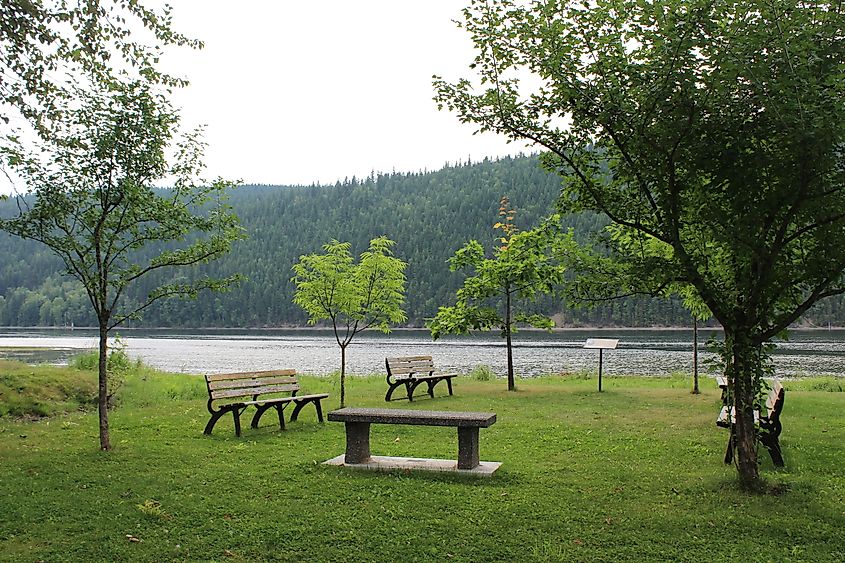
Despite the name, Likely is one of the unlikeliest places you’ll stumble across. A former gold mining boomtown and lakeside outpost, it sits near Quesnel Lake, the deepest fjord lake in the world. Start just outside town at Cedar Point Provincial Park, managed by a local board from Likely, where you’ll find mining relics, lake views, and picnic areas linked to the gold rush era.
Next, head to the staggering Bullion Pit, a 70-million-cubic-meter canyon carved out by early 1900s hydraulic mining. For a wilder experience, join a river safari with Ecotours-BC, where the locals may include grizzly bears. End with pie at the Likely Lodge Café, then browse the Cedar City Museum where gold rush legends sit behind glass.
Greenwood
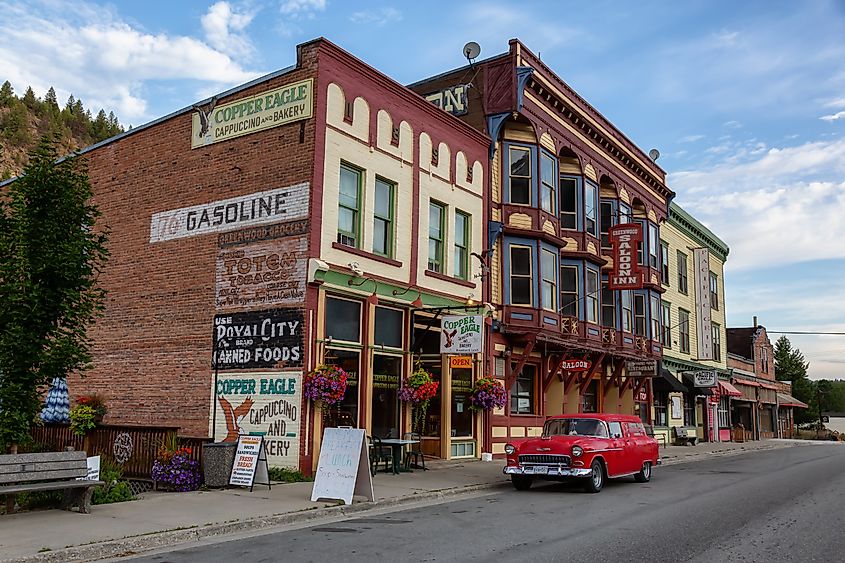
Canada’s smallest incorporated city holds some of the most well-preserved period architecture in British Columbia. During World War II, it became the first internment site for Japanese Canadians, a story told at the Greenwood Museum alongside gold rush artifacts and frontier memorabilia. Nearby, the Gulley Block (1902), featured in Snow Falling on Cedars, and the 110-year-old Post Office (1915) form part of the town’s historic core.
Fuel up at Deadwood Junction, a gas station turned café where old bikes and ice cream meet roadside nostalgia. From there, drive 11 kilometers east to Phoenix, a copper boomtown abandoned in 1919. The Trans Canada Trail also passes through Greenwood if you’re hiking or biking through the hills.
Coombs
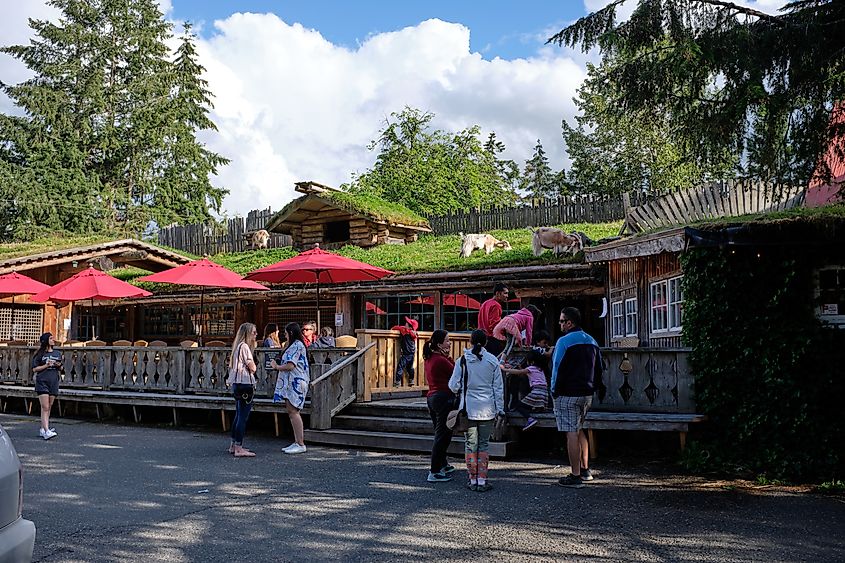
You’ll know you’ve reached Coombs when you spot goats casually grazing on a roof. That roof belongs to the Goats on the Roof Market, also known as the Old Country Market, a roadside institution packed with global snacks, local ceramics, and unexpected finds. The surrounding strip overflows with food stalls and shops selling everything from banana curry to wood carvings.
Next door, the Coombs Emporium is filled with vintage cameras, records, and comic books. Head 12 kilometers south to Englishman River Falls in Errington, where the forest trail opens to dramatic rock pools. On your return, stop at Butterfly World & Gardens, a tropical dome with turtles, orchids, and two large koi ponds.
Kaslo
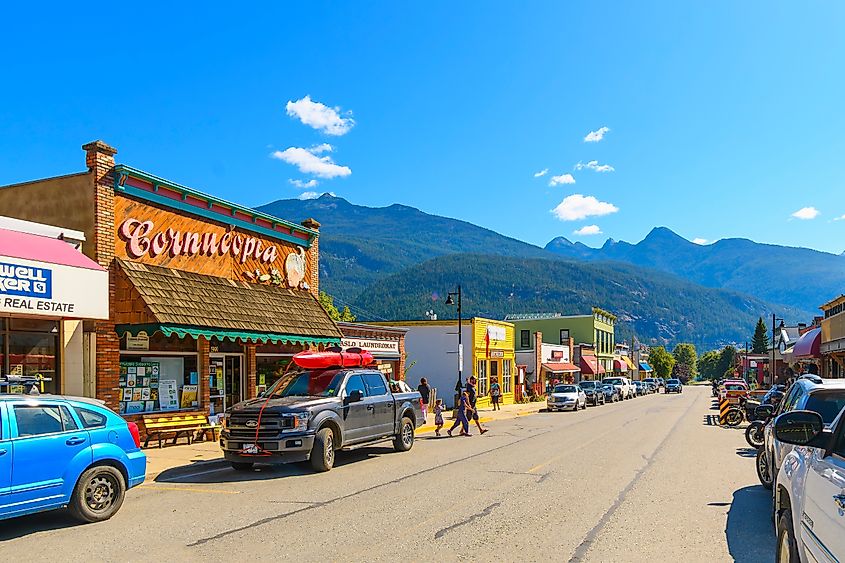
Tucked between alpine slopes and Kootenay Lake, Kaslo feels built for summer. Start with the S.S. Moyie, the world’s oldest intact sternwheeler, now permanently moored as a museum. Just beyond it, the Kaslo Saturday Market runs through the summer with fresh produce, handmade goods, and live music. Take a quiet walk along the Kaslo River Trail, where cedar-scented shade and rushing water lead the way. North of town near Meadow Creek, mountain biking trails wind into serious elevation. If you’re visiting in August, don’t miss the Kaslo Jazz Etc. Festival, where a floating stage turns the lakefront into an amphitheater.
Wells
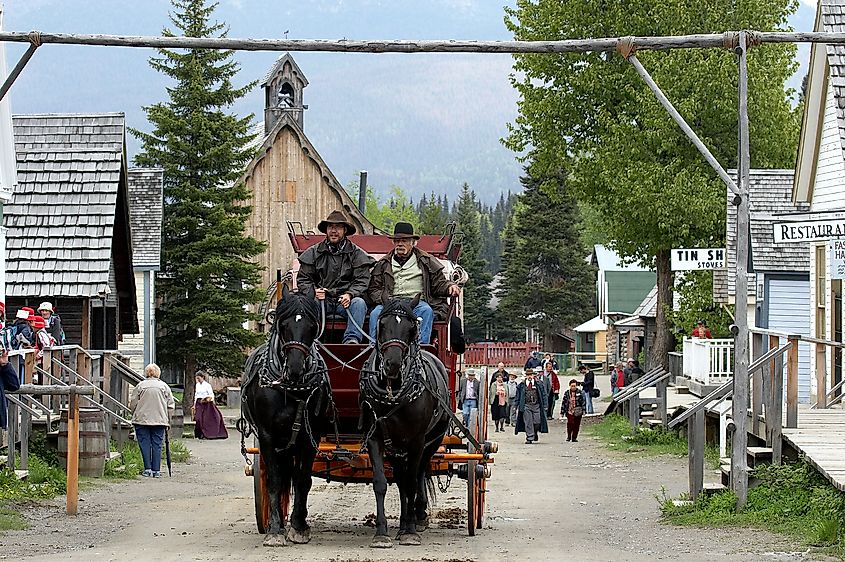
No one expects this much art, history, and adventure in a town this small. Begin at the Island Mountain Arts Centre, the creative hub behind the ArtsWells Festival, taking place June 27 to 29, 2025. During the festival, music, theater, and parades fill every venue in town. Catch a performance at the Sunset Theatre, where 1930s miners once sat under the same ceiling.
Then book a guided adventure with Whitegold Adventures for hikes or canoe trips into the Cariboo backcountry. From there, it’s a seven-minute drive to Barkerville, a preserved gold rush town with saloons, boardwalks, and interpreters in full costume. End the day at Bowron Lake Provincial Park, where still water and long trails do the rest.
Different On Purpose
They weren’t built for tourists, and they haven’t changed much to accommodate them. A few still have general stores. Others host festivals in old churches or gather around canoe circuits and music stages that float. You’re not coming here for convenience. You’re coming for curiosity, for stories not found in brochures, and for towns that kept their edges. From abandoned silver camps to hand-painted porches and goats on rooftops, they prove British Columbia still has places that don’t follow the travel playbook. Pick one and stay a while. Don’t expect perfect but just expect it to feel real.
